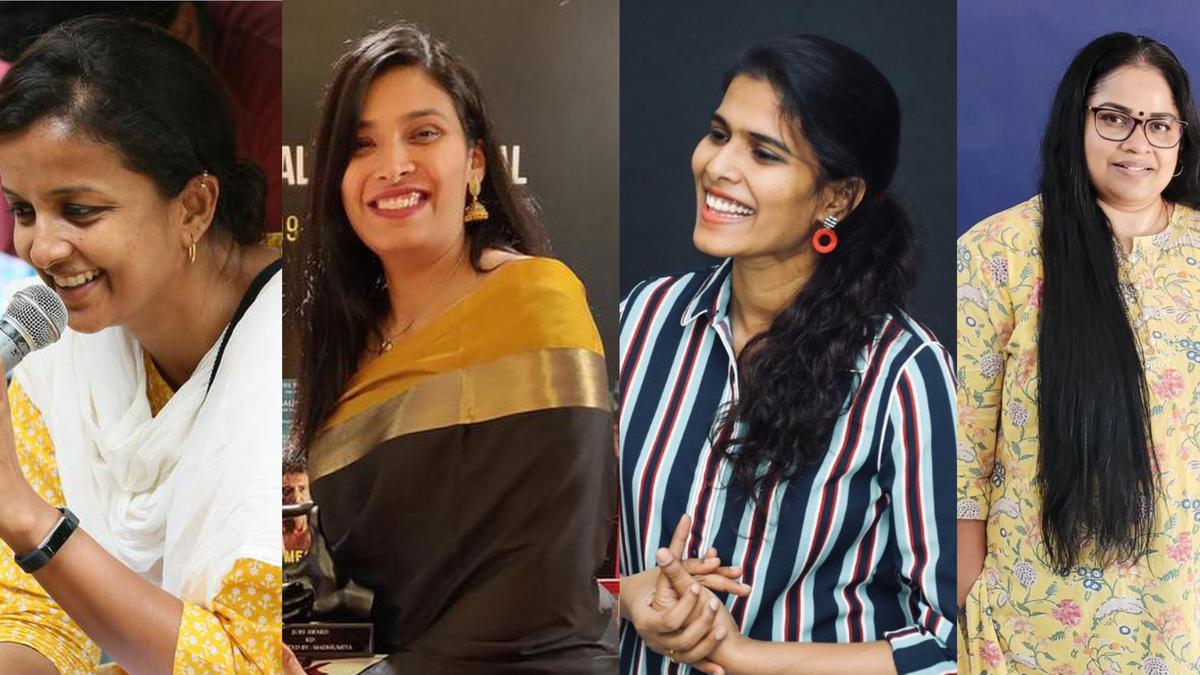
How female filmmakers in Tamil Nadu are using streaming platforms to up the ante
The Hindu
Kiruthiga Udhayanidhi, Halitha Shameem, Madhumita and Nandhini JS weigh in on why several female filmmakers in Tamil cinema have streaming content in their repertoire, and how the medium shouldn’t be considered inferior to theatrical releases
After the boom of streaming platforms and the myriad range of content it introduced to housebound consumers during the pandemic-induced lockdown, it’s safe to say that the medium has settled with the masses. It has evolved into an avenue for content we seldom see on the big screen, and as a space for filmmakers to go beyond what’s considered commercial or mainstream cinema. It has also been hugely beneficial for female filmmakers across the country, especially from the Tamil film industry, with many of them venturing into streaming over the last few years.
Director Nandhini JS who made one of the first Tamil web series, Nila Nila Odi Vaa in 2018, recently returned with Prime Video’slatest series, Inspector Rishi. The filmmaker feels that while the creator’s gender is not of concern, the same cannot be said about the end consumers.
“For films, you need to pitch it to a hero and a producer; that limits the kind of stories coming out. These actors and producers also opt for heroism-loaded scripts that men would like as most of the theatre-going population are men. It’s become so much that a film gaining a family audience and getting women to theatres to watch it has become a feat,” says Nandhini, adding that women creators need a male-centric story to crack this and get a project done. “They cannot go with a script based on self-expression or a story that reflects their life, emotions and characters. On OTT platforms, you can tell a wider range of stories and they are up for hearing any genre. Hence, for women technicians, there are more opportunities on the streaming front.”
Director Madhumita echoes Nandhini’s thoughts. The filmmaker, whose KD Engira Karuppuduraireceived a warm reception on streaming after its theatrical run, also helmed a segment in Prime Video’s Putham Pudhu Kaalai Vidiyaadhaa and has worked for two OTT platforms in consulting and commissioning projects.
“Having worked on both ends, I learnt that taking a subject to a producer or a hero is harder for a first-time director. You can’t blame them as well given there’s no product to judge a debutant’s calibre. For a feature film, I first come up with an idea that has to be turned into a screenplay, and then pitch it to a producer or a hero,” says Madhumita, while also pointing out the difference in the MO of these platforms.
“In streaming, the platform gets to work with you on the development; after the first step of having a story bible, you pitch it to a platform. Then if they see potential in that, it goes into approval for development. And they don’t greenlight it directly for shoot; it takes six to eight months for the platform and creator to develop the project before it gets approved for production. For first-timers as well as experienced filmmakers like us, not only does it give us multiple perspectives but also the time to soak in the idea and improve on it.”
Madhumita adds that though having a star attached to the project is not a prerequisite, it certainly helps. “There’s something called poster value. There are requirements from some platforms to have a hero on a show as they believe that brings in the audience from tier 2 and tier 3 cities. There’s an informed structure with the OTT platforms. While the performance of content matters, the risk of box office and how a film performs in its first weekend isn’t there,” she adds, and circles back to how the platform allows newcomers or directors who might struggle to get access to certain actors or producers.













